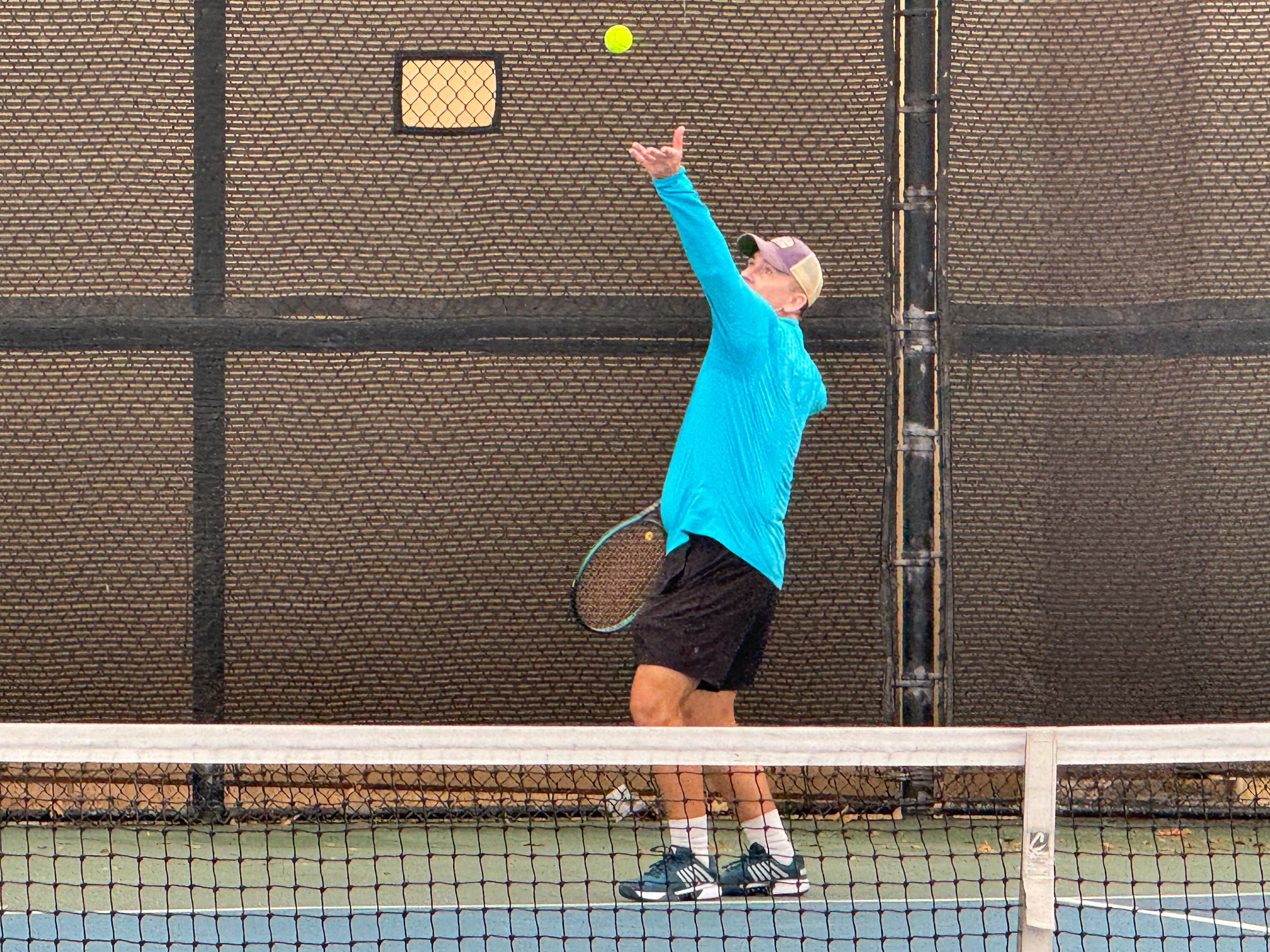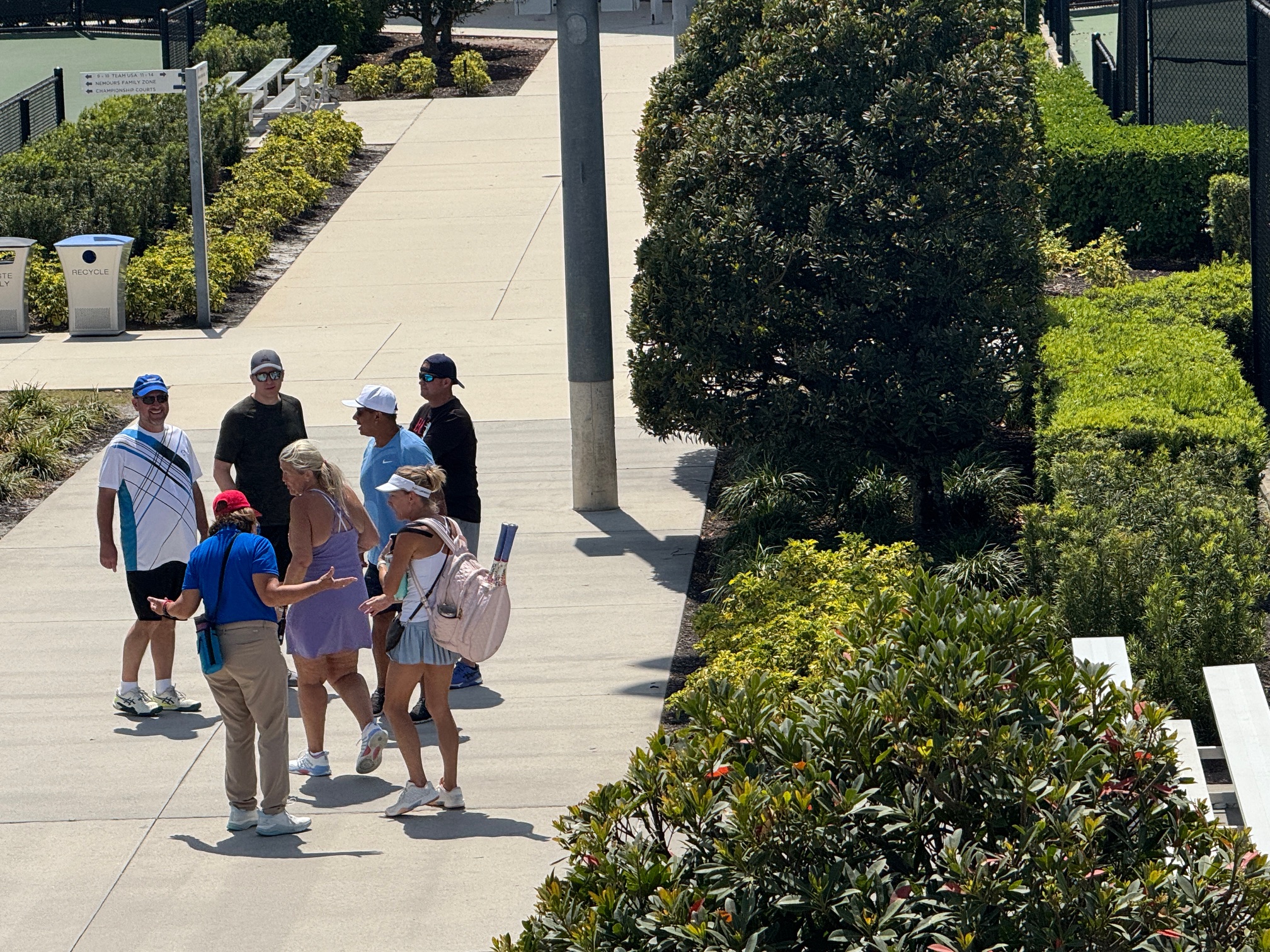I am having a ridiculously good time combing through the New York Times “TimesMachine” to find articles from the archives that shed light on the development of the foundational rules of tennis. The United States Lawn Tennis Association (USLTA) annual meeting in 1887 is a great example that demonstrates some early evolution.
This meeting included debate over the ball to be used in future sanctioned USLTA competition. “The Tennis Ball Selected for the First National Lawn Tennis Tournament” previously described the selection of the Ayres ball for the National Championship tournament in 1881. For 1887, three balls were considered as candidates. In addition to the Ayres model, balls from Peck & Snyder and Wright & Ditson were considered. Ultimately, the Wright & Ditson ball prevailed.
1887 was also the year that the USLTA first decided to separate the Singles and Doubles National Championship tournaments. Previously, both were held in conjunction at the Newport Casino. The Singles tournament remained at Newport, and it was announced that the Doubles tournament would be hosted by the Orange Club in New Jersey.
The New York Times also reported two new rules which were adopted at the meeting. A sentence was added to Rule 8. The remnants of this wording are still evidenced in the ITF Rules of Tennis.
A served ball which touches the server’s partner or anything he wears or carries shall be regarded as a fault.
Tennis Men in Council, The New York Times, March 12, 1887.
Additionally, a lengthy section was adopted for when errors in order of service occurred. This is a case where the wording has evolved considerably in the interim. That’s a good thing because this text is extremely convoluted.
If a player serves out of his turn the umpire, as soon as the mistake is discovered by himself or by one of the players, shall direct the player to serve who ought to have served; but any strokes scored and any fault served before such discovery shall be reckoned. If a game shall have been completed before such discovery, then the service in the next alternate game shall be delivered by the partner of the player who served out of turn, and so on in regular rotation.
Tennis Men in Council, The New York Times, March 12, 1887.
When viewed through a modern lens, the male-dominated language is striking. The 59 lawn tennis clubs in the USLTA all sent a man as their delegate to the meeting. The players and the umpire in the second new rule are also exclusively expressed using male pronouns. It was a different time.
The national tennis associations were working toward standardizing the rules within their borders. However, those independent parallel efforts created many variations. The foundation of the International Tennis Federation (ITF) and international standardization of the rules was still in the distant future. However, as players competed in other countries, the need for unification was becoming apparent.
- Tennis Men in Council, The New York Times, March 12, 1887.




In regards to pronoun use: I was raised Canadian and the grammar rules back then dictated that when you were speaking or writing in general, you always used the masculine pronoun. It did not mean that we were to assume that the person was masculine; it was just easier than saying “ he or she” all the time. In those cases “he” meant “ he or she”.